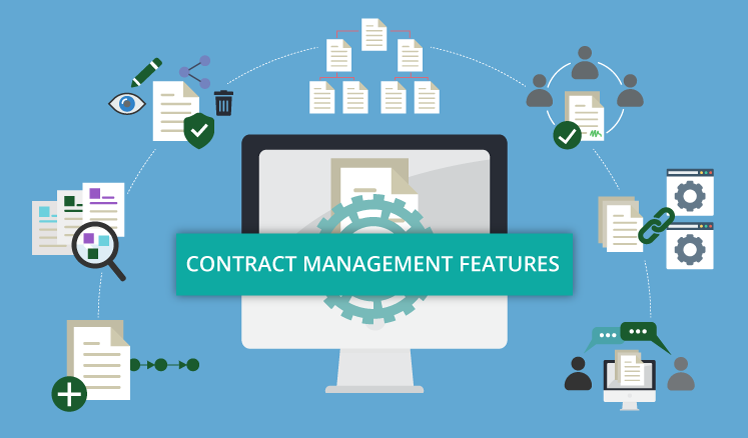Sure, turning 40 probably doesn’t sound too fun initially. You might be imagining yourself toasting sparkling water instead of champagne, while wearing comfortable shoes with plenty of arch support and a sensible blouse.
But 40 is actually a time when you can settle into your life and optimize your finances. From using the debt snowball method to help yourself become debt-free to re-evaluating your financial goals, we have 6 financial milestones you should try to achieve before you turn the big 4-0.
Financial goals to shoot for before 40
1. Build an emergency fund
An emergency fund is a pool of money you set aside for the unexpected, such as car repairs or an expensive medical bill. Having 3 to 6 months of living expenses is a good start, though a year is ideal. An emergency fund can help you avoid going into debt to pay for large, unexpected bills.
2. Become debt-free
If you’ve been drowning in debt throughout your 20s and 30s, you can try to make it your goal to be debt-free by 40. Selecting a debt payoff plan, like the debt snowball or debt avalanche methods, can make your goal a reality.
With the debt snowball plan, you’ll focus on paying off your smallest debt first. You’ll continue to make minimum payments on all your balances, but you’ll put extra money toward the smallest amount. Once that’s paid off, you’ll focus on paying off the next smallest amount. The debt snowball method is a good fit for those who need some debt payoff motivation.
With the debt avalanche method, you’ll focus on paying off your highest-interest debt first. You’ll continue to make your minimum payments, but extra cash will go toward the balance with the highest interest. Once that’s paid off, you’ll focus on the balance with the second highest interest. The debt avalanche method can help you save more money overall.
3. Boost your credit
Having a good credit score can make you more likely to qualify for favorable interest rates and loan terms. To raise your credit score, focus on paying your balance in full and on time. You should also monitor your credit utilization ratio, which is a comparison of the amount of credit you’re using to the total amount available. You ideally want a ratio below 30%.
4. Focus on a retirement plan
Retirement might still feel far away, but it’s important to think about it now. Whether you have a 401(k), an IRA, or a combination of accounts, make sure to revisit your plan and figure out how much money you’ll need to comfortably retire.
5. Create a caregiving plan
Caring for older family members can be a large financial strain. A 2017 study from the U.S. Department of Agriculture (USDA) estimated that for families with an older adult with long-term care needs, the average price is $140,000. Keep in mind that this high price is spread over an average of just 4 years. Plan ahead for the costs now to save yourself stress later.
6. Reconsider your financial goals
Maybe your big financial goal in your 20s was to afford bottomless mimosas at brunch. Times change. Take a moment to look at your short-term and long-term goals and see if any need to be tweaked. Setting goals and keeping them top of mind can help you stay focused on good financial habits.
So, get those fuddy duddy thoughts out of your head because 40 is basically the new 30. And since 30 is the new 20, you’re really just getting started. Carpe diem! Get out there and seize your financial future.








Add Comment